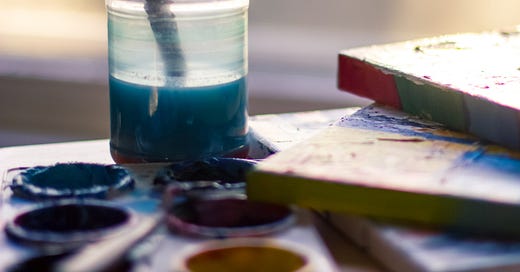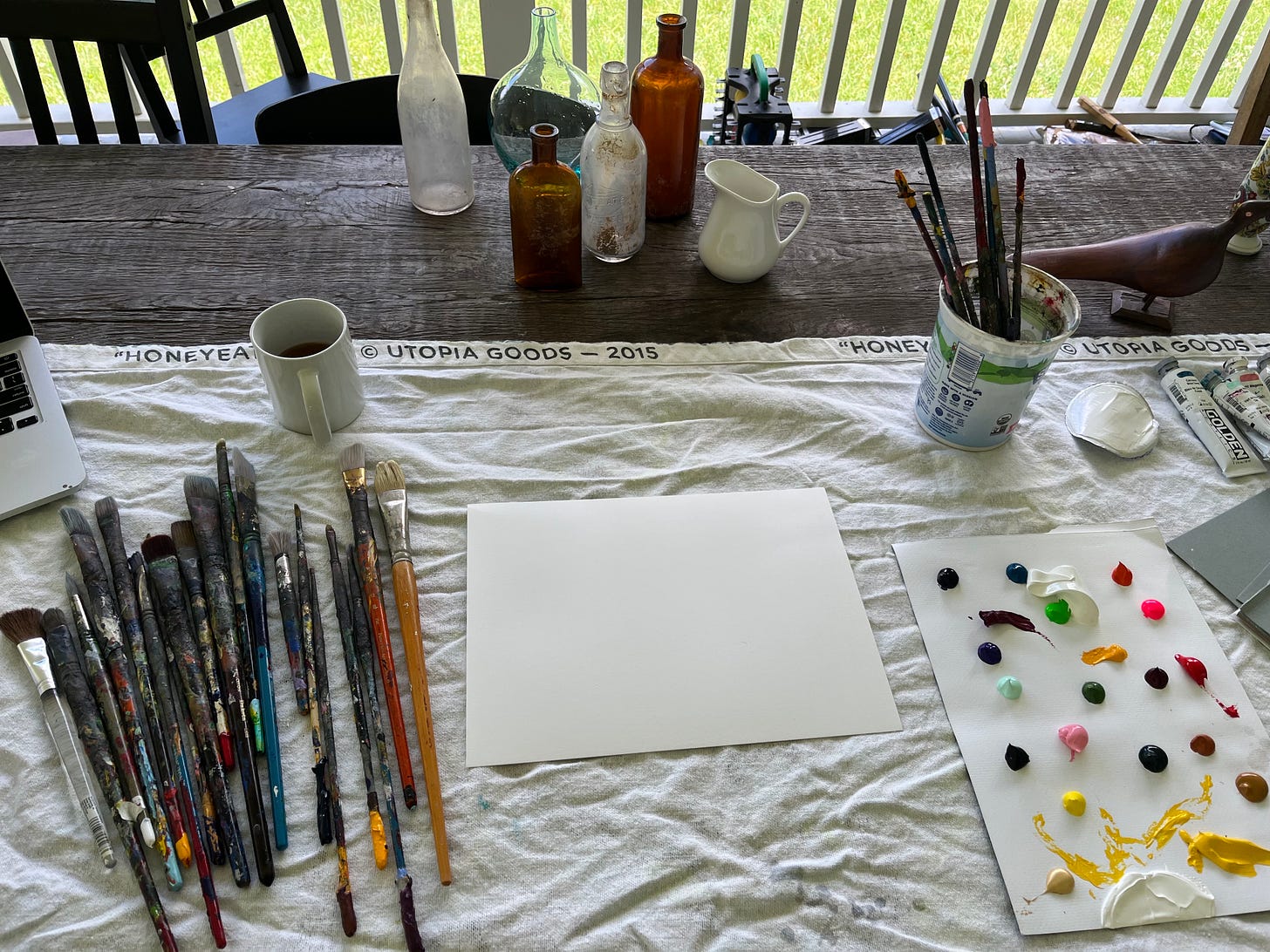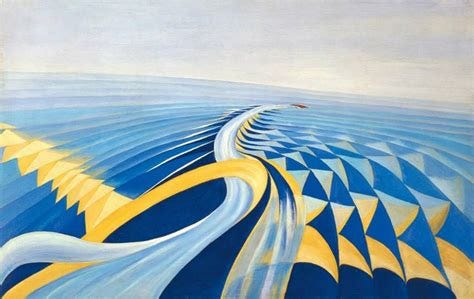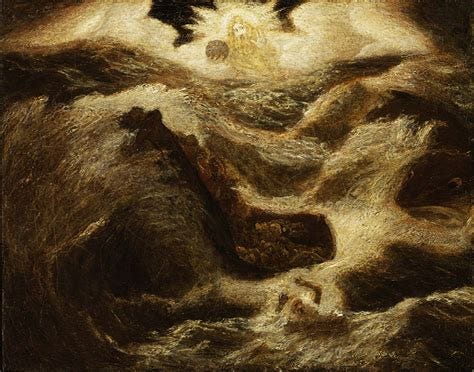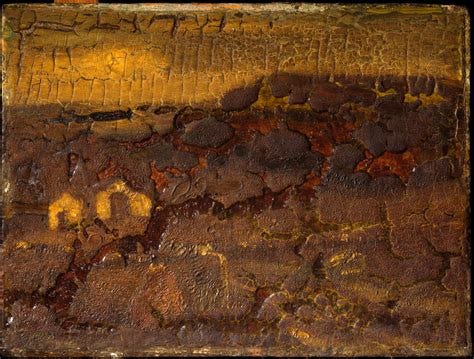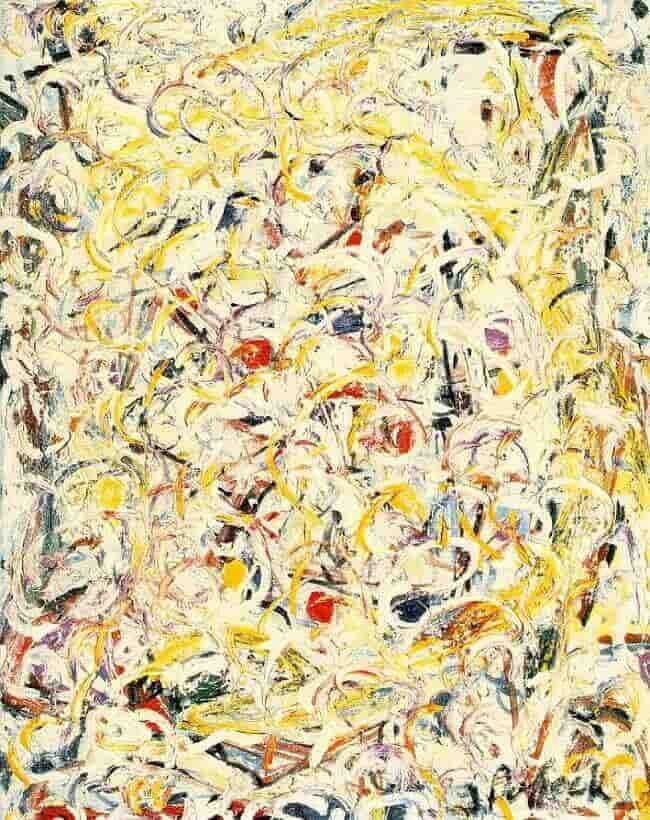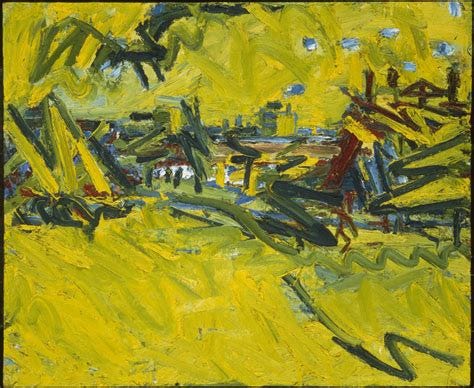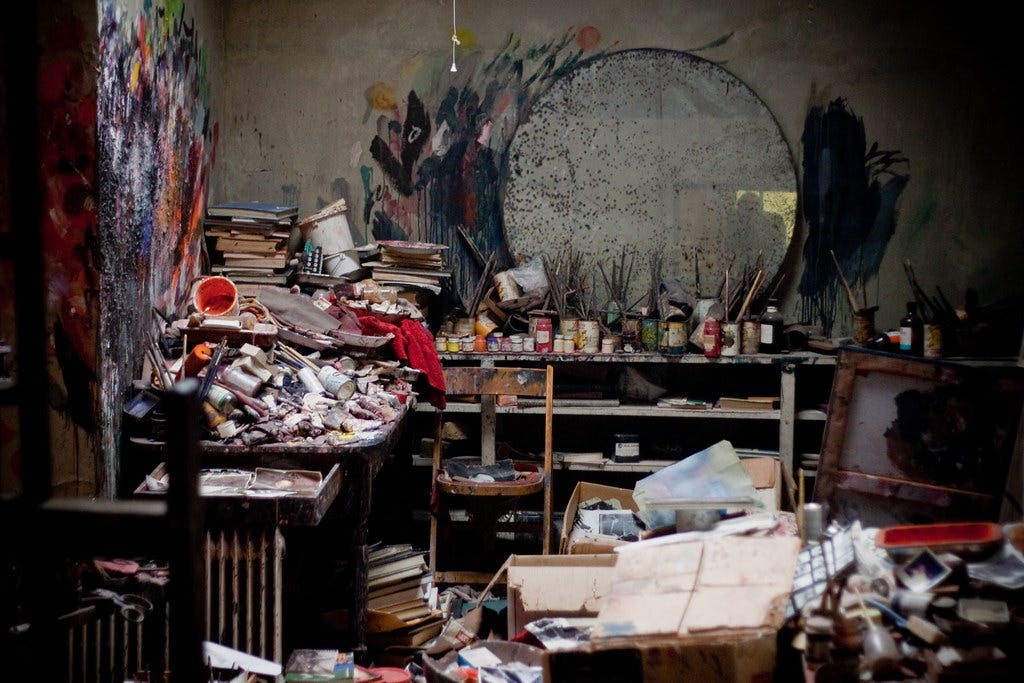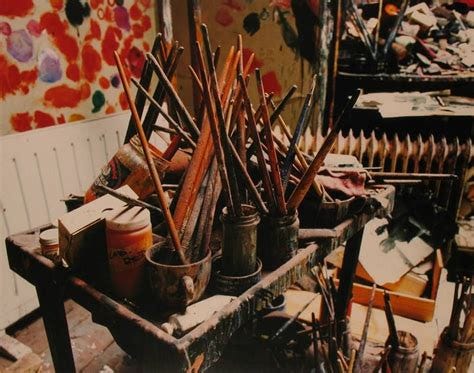I find a lot of painting inspiration on YouTube. I watch painting documentaries like this and this and this. I like watching color theory classes about painting created by other painting teachers. I love this video from Jeannette Jobson. I like how Jobson talks repeatedly about intensity and value, how she shows how adding a bit of white can make a color less intense. But as I was watching it I noticed that she is very careful to explain when and why she is cleaning her brushes.
It left me thinking: Have I ever explained why and how to take a moment to clean a brush? No. I realized that at no point in my various painting programs do I take the time to say, “Here is when you should clean your brush and why.” After thirty years of painting those mechanics of painting are automatic to me and they are often overlooked as I throw out some matters of technique in order to get to the fun of self expression. But if you are just learning the small things involved in technique are most definitely are not, and should not, be automatic to you.
So here are a few important things in case I forget to tell you in a class:
Cleaning your brush while painting:
Clean your brushes frequently. And change the water in your brush container frequently. This will allow you to mix the most brilliant, least muddy colors. But at the bare minimum, rinse your brush then use a rag or paper towel to clean off the excess of water and paint before mixing any light color like yellow or when you are using white.
How much water should be in the brush?:
The wetness of your brush is up to you. A very wet brush, and one that you are reinserting into the water frequently, one that you don’t dry off with a rag or paper towel after cleaning, will result in a more watercolor type look, a thin layer of paint.
If you dry your brush a lot after cleaning it your paint will be thicker and more opaque. No right or wrong here, just two different approaches to applying paint.
And if you don’t like to see any bits of white, empty canvas emerging from your painting, try going back over those areas with a very wet brush full of paint, the wetness will help fill the porous bits of the canvas with paint.
Deciding what kind of paint thickness you prefer is a big first step in determining your style.
Are you like Italian futurist Bendetta Cappa, applying carefully blended, thin, considered bits of paint? With just the right amount of liquid on your brush?
Or are you an emotional painter like Albert Pinkham Ryder, using paint that is basically straight from the tube and applying it thick and messy? (In fact Ryder’s paint was applied so thickly that it has not aged well and many of his artworks are now cracking.)
Thick over thin paint application: The one aspect of this thick vs. thing, wet brush vs. dry brush discussion I also often forget to mention until class 4 or 5 is that if you care about the archival qualities of your paintings, you cannot paint thinner paint over thicker or it will eventually crack like Ryder’s paintings have. It always has to be thicker over thinner layers.
You Don’t Even Have to Use a brush: A lot of artists like to use their palette knife to apply paint. You could try an approach called Impasto where you don’t even have to thin your paint at all and you apply thick swatches of color onto you canvas, you can even squeeze it right out of the tube and mix directly on your canvas if you want. This type of painting is good for all of you fire signs out there, you complicated types with big mood swings. Those of you too impatient to do anything as middling as cleaning brushes.
Shimmering substance, Jackson Pollock
The School of London painters like Lucien Freud, Francis Bacon and this painter, Frank Auerbach:
And if you do try painting impasto you can really go for it with abandon, leaving brushes behind and painting with sticks and sponges and palette knives instead. Of course, this might result in an unruly studio; here is a glimpse of Bacon’s beyond messy studio which has been totally recreated in the Dublin City Gallery exactly as it was when Bacon died.
I hope this is helpful and that these Painting 101 technique basics that should never been forgotten but probably are forgotten by me help you make better paintings.
Thank you for reading! And if you like this newsletter, please consider buying my book, Painting Can Save Your Life: How and Why We Paint.
Happy Painting! Sara

